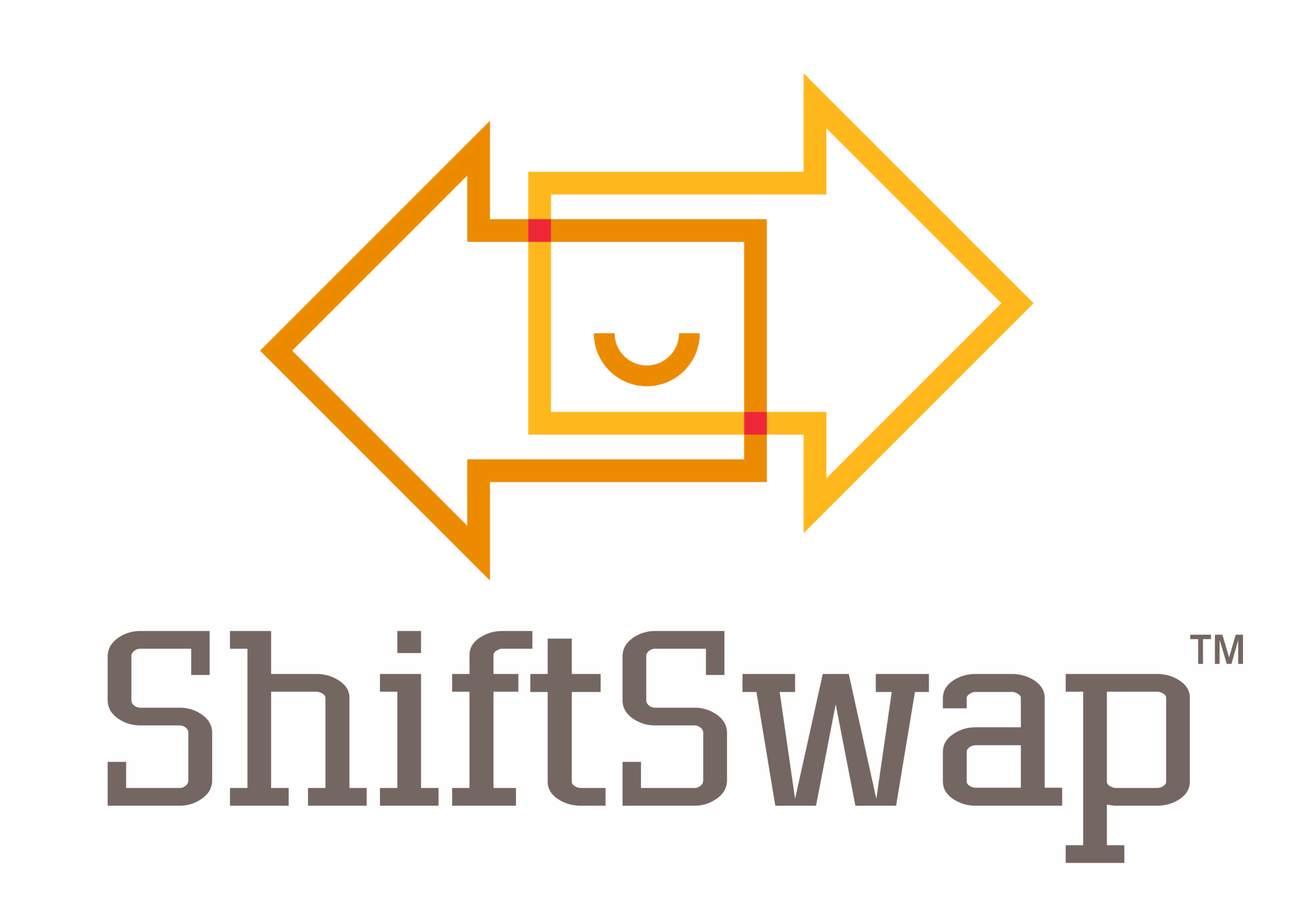We’ve all seen it before: a star individual contributing employee gets promoted to leadership, only to fail miserably. Mikaela Cohen discusses this topic in her HR Brew article, “Rethinking How Employees Are Promoted,” and points out that traditional promotion methods can result in turnover and frustration if not appropriately considered.
A survey from LinkedIn found that only about one-third of individual contributors have ambitions to become managers. Retaining great employees without forcing them into leadership roles they may not want is a common workplace concern. Having employees in leadership roles they are not suited for can decrease retention, productivity, and team morale.
It is very competitive in the current job market, requiring businesses to think outside the box for strategies to retain top talent. The dual-track promotion strategy is an innovative approach that is gaining popularity. Let’s explore why this strategy is effective and how tools like ShiftSwap™ can make a difference.
Promotions Can Backfire
Promoting high achievers into management roles seems logical, but it can be a misstep for many employees. When companies push leadership roles on those who aren’t interested or lack the necessary skills, it can lead to:
- Retention Issues: Employees who struggle as managers can create friction within teams, which often results in losing more than just the promoted employee.
- Lost Productivity: Top performers who succeed in individual roles may fail to deliver in management leaving a gap in their previous responsibilities.
- Burnout: As companies downsize and expect managers to do more with fewer resources, many employees are overwhelmed and discouraged when taking on leadership roles.
Rather than inspiring employees, sometimes the wrong promotion can drive them away. For many, the absence of alternative growth paths within a company becomes a significant reason to look for opportunities elsewhere.
Dual-Track Promotions: A Proven Workforce Retention Strategy
Many companies have embraced the dual-track promotion systems for good reason. These programs create two distinct paths for career advancement.
- People Management: Tailored for those who excel in emotional intelligence, empathy, and leadership. As mentioned in Cohen’s article, you can think of these folks as the “Ted Lassos” of the workplace. These employees might not be the best technical performers, but their skill in uplifting team spirit, resolving conflicts, and creating a collaborative environment is priceless. Employers can spot these potential managers by observing employees that naturally take on mentoring roles or they’re the teams’ go-to problem-solvers. Companies can further polish their natural abilities by providing formal leadership training, setting them up for the future.
- Higher-Level Contributors: The path fit for those who want to grow in their expertise rather than take on management roles. It allows the employee to have greater ownership and influence, whether leading important projects or developing new company processes. Employees on this track usually thrive when they are provided clear communication about their work and progress, making them feel valued and engaged. Offering advanced certifications, mentorship, or opportunities to showcase their work are starting points where companies can enhance this experience.
Dual-track promotions are effective because they recognize that not everyone wants to be a manager and that career growth can look different for each person. Aligning your employee’s career path with their strengths and preferences helps cultivate a workforce that feels appreciated and empowered to excel.
Implementing Dual-Track Promotions
Getting dual-track promotions up and running takes planning and a thoughtful approach to make it work. Here are some steps to help you kick things off:
- Set Clear Criteria: Define what success looks like for both tracks. For the People Management track, this could mean skills like active listening, conflict resolution, and creating a positive team culture. On the other hand, the Higher-level Contributor track might focus on demonstrated expertise, innovation, and the ability to lead complex projects. By clearly outlining these expectations, you ensure transparency and fairness, helping employees understand what to do to move up.
- Offer Training: Not every employee is equipped with the skills they need for their chosen career path. People Managers often find it beneficial to receive training in emotional intelligence, communication, and delegation. Developing technical skills or exposure to cross-functional projects can be incredibly valuable for Higher-level Contributors. Regular workshops, online courses, and mentoring sessions are great ways to build these skills.
- Measure Impact: Tracking the program’s success through data and feedback is necessary. Metrics such as turnover rates, employee satisfaction scores, and team performance can give you an understanding of how well the program works. Plus, conducting regular employee surveys can help pinpoint areas for improvement and ensure the program continues to meet the workforce’s needs.
Starting with a small pilot program in one department or team is a wise way to test the waters before rolling it out across the entire company. It allows businesses to fine-tune the process, tackle challenges, and observe the benefits of dual-track promotions.
How ShiftSwap™ Supports Workforce Retention
While promotions are about climbing the career ladder, tools like ShiftSwap™ tackle another vital aspect of keeping employees happy with day-to-day operations and overall job satisfaction. ShiftSwap™ improves morale, retention, and productivity by offering flexibility and encouraging skill development.
- Skill Development: Employees can qualify for new roles and responsibilities through cross-training. For instance, someone in warehousing might get certified to operate another type of equipment or learn the skills needed to cover for someone in a different department such as inventory or returns. Cross-training boosts confidence and value and prepares employees for opportunities in the higher-level contributor track of dual-track promotions.
- Flexibility: Burnout is a major factor in employee turnover, and providing flexibility is one of the best ways to tackle it. With features like posting a shift, overtime (OT) shifts, and voluntary time off (VTO) shifts, ShiftSwap™ allows employees to post their shifts for coverage or grab extra shifts to fit their schedules better with their personal lives, helping to reduce stress and lift morale.
- Retention Without Overstaffing: A prominent issue organizations face is managing workforce needs during fluctuations in demand. ShiftSwap™ allows businesses to dynamically adjust shifts, scaling back during slow times without laying anyone off and ramping up quickly when demand spikes.
By integrating ShiftSwap™ into their operations, companies can support their dual-track promotion strategies, providing employees with long-term career growth opportunities and an immediate increase in job satisfaction. Together, these strategies form a strong workforce retention plan that caters to the varied needs of today’s employees while delivering tangible business results.
Improving Workforce Efficiency
Facing retention challenges doesn’t mean losing your top talent. By reimagining promotions and implementing tools like ShiftSwap™, businesses can encourage a workforce where employees feel appreciated and engaged without pushing them into roles that don’t fit.
Ready to take your workforce retention strategy to the next level? Explore ShiftSwap™ today and see how we can help with workforce management.
Start Planning for Success
Schedule a demo with ShiftSwap™ today and learn how to streamline your workforce management.

